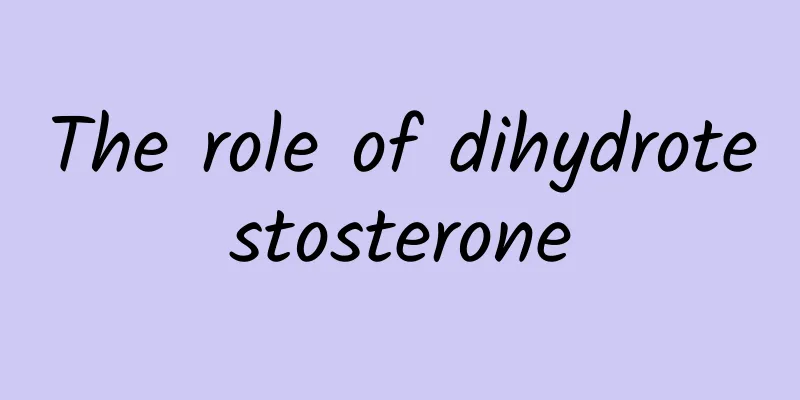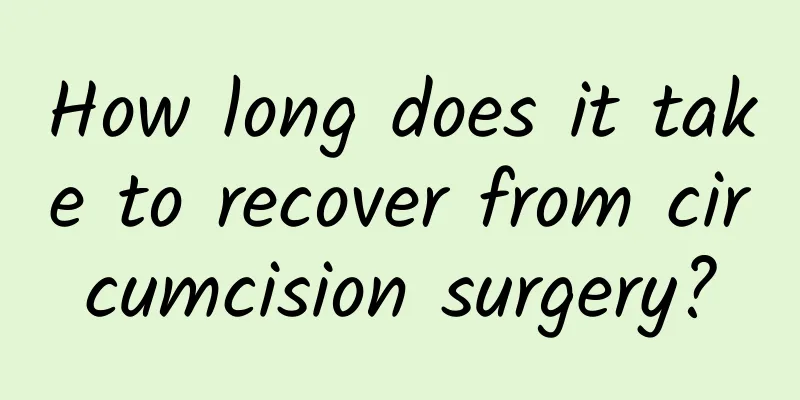The role of dihydrotestosterone

|
The testicles can produce dihydrotestosterone, which is a common male hormone. For men, it can promote the development of genitals, the normal development of the prostate, and the gradual development of secondary sexual characteristics during puberty. It can also make sperm mature gradually. In clinical practice, insufficient secretion of dihydrotestosterone often occurs, and it is also a relatively important examination indicator in clinical practice. The role of dihydrotestosterone Dihydrotestosterone can be produced directly by the testicles, or it can be converted from androgens and estrogens as precursors by surrounding tissues. It can promote the normal development of the external genitalia and prostate, has a positive effect on the appearance and maintenance of secondary sexual characteristics, and promotes the maturation of sperm in the epididymis. In clinical practice, it is mainly used for abnormal sexual differentiation caused by 5α-reductase deficiency and for the identification and diagnosis of benign prostate diseases. It is also of great significance to observe the efficacy of prostate tumors, explore the causes of sexual dysfunction, infertility, and female hirsutism. Clinical significance 1. Pathological increase (1) Observation on the recovery of prostate cancer. There are reports that measuring the dihydrotestosterone content in prostate cancer tissue can be used to judge the postoperative effect. Patients with higher levels of dihydrotestosterone in tumor tissue have longer relief intervals. (2) Prostatic hypertrophy, hirsutism in women, polycystic ovary syndrome, and hyperthyroidism all increase in risk. (3) Due to hypothalamic-pituitary dysfunction, the pituitary gland secretes increased progesterone. Sustained high levels of progesterone can stimulate the ovaries to secrete excessive amounts of dihydrotestosterone. 2. Pathological decrease (1) Low sperm count, decreased sperm motility, and a significant decrease in vasectomy patients (2) The lichen sclerosus of the female vulva is reduced. (3) Hypothyroidism, etc. (4) Familial incomplete pseudohermaphroditism type II. This is an autosomal recessive genetic disease caused by severe deficiency or non-function of 5α-reductase. Testosterone cannot be converted into active dihydrotestosterone in the target organs, resulting in decreased serum dihydrotestosterone. (5) In cases of male sexual dysfunction caused by agenesis, cryptorchidism, 17α-hydroxylase deficiency, 3β-hydroxysteroid dehydrogenase deficiency, etc., serum dihydrotestosterone may be reduced. |
<<: How to treat high testosterone
>>: How to increase testosterone
Recommend
How much can a man ejaculate at one time? How much is considered normal?
Semen is a grayish-white liquid, mainly composed ...
Massaging these acupoints has the same kidney-tonifying effect as taking tonic medicine!
Compared with Western medicine, Chinese medicine ...
What causes premature ejaculation?
Nowadays, many male friends feel very troubled be...
What is the cause of male urethral discharge?
Men must be careful when they have urethral disch...
What causes scrotal redness and itching?
The so-called scrotal itching is a common conditi...
What causes blood in men's urine?
Many men sometimes find that their urine contains...
What to eat for bacterial prostatitis? This thing works great!
Is the prostate very fragile? If it is not fragil...
Who can answer these "questions" of men?
Although men seem so strong, they actually have m...
What should boys eat to replenish blood after blood draw?
Generally, many people eat some food to supplemen...
Acne on the face is caused by excessive internal heat
Many people are troubled by pimples on their face...
What to do if the penis becomes soft as soon as you put on a condom
Many people have many problems with sex life. Wha...
How to regulate endocrine disorders in boys?
Most people think that only women will have endoc...
What is the impact of prostate removal on life?
The male prostate is a very important organ in th...
The penis skin is broken
What happened when the epidermis of the penis is ...
How to insert the penis into the vagina
The most appropriate posture for the first sexual...









